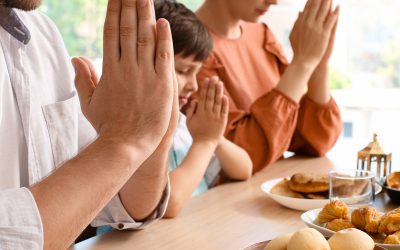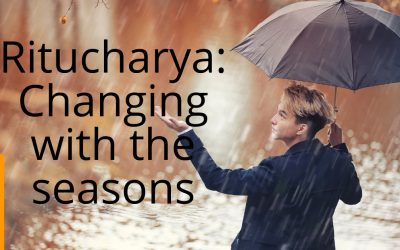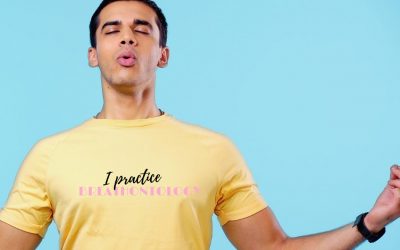Blog
The Art and Science of Ayurveda Pharmacology -Bhaishajya Kalpanaa
Bhaishajya Kalpanaa is the science of Ayurveda pharmacy; this sophisticated art has basic and straightforward preparations and extremely involved herbal formulas. The pharmaceutical procedures for any drug involve various steps, starting from identifying and...
How to use the 5 pranas in ceremonies
Ceremonies are the science of miracles, alignments and devotion. It is a higher expression and a sophisticated tool of gratitude and inner mastery. They are five forces that, when in alignment, move the heavens and the Earth. When in alignment, the five pranas produce...
Brahmārpañam :Mantra to bless your food.
Prayers are a soft and intimate recognition of our location in the cosmos. Prayers acknowledge our existence in an elevated and personal way. This prayer enhances your devotion, inner relation and connection with the five elements.- It purifies and elevates your food...
Ritucharya: The art of changing with the seasons
One of the components I love of Ayurveda art and science is the attunement to the earth's changes. For example, it considers the proper time, hour and season to collect medicines, change diet, go into purification and even when conceiving a child. The art and science...
the 5 Pitta sub-doshas and how to balance them
Now that I live in hot weather, I have my eye on the dynamic of Pitta and how to balance this fiery dosha. Having those decadent milk showers and getting near my hibiscus tea makes my life much easier and cooler. There is no comparison in the care for pitta dosha; it...
Breathontology, healing and meditation
Breathontology (or pranaontology) is an art and science that uses the power of awareness of the breath to support balance and well-being. At its core, Breathontology uses awareness and the breath as a tool to reprogram life force energy using specific breathing...
Karna Purna: Three reasons I put medicated oil in my ears
The ear is the organ of sound and equilibrium with the function of the transmission and transduction or the conversion of sound waves into electrochemical impulses to the brain. It also maintains equilibrium or the sense of balance (middle ear). This is done through...
Reflections on detachment
The Buddhist notion of non-attachment relates to an engagement with experience with flexibility and without fixation on achieving specified outcomes. The law of detachment indicates that we must renounce our attachment to things, which does not mean that we abandon...
Shiva Swarodaya and Breathontology Therapy
Train as a breathontologist Shiva Swarodaya is an ancient Sanskrit tantric text. A comment and translation termed Satyananda Saraswati made Swara yoga in 1983. It is also termed "Phonetical astrology": the "sound of one's own breath" and is written as a conversation...
Assumption
An assumption is the result of incomplete or distorted information. They can also be caused by a lack of inquiry about the facts that lead to having an idea that does not correspond with the factual truth of a circumstance or of the self. Any mental assumption feeds...
Ayurveda and oral Health
Prioritizing oral health ensures that our teeth and gums remain as intact as possible, rendering dental visits less scary, less painful, and minimally invasive while simultaneously supporting robust overall health and well-being. Ayurvedic oral hygiene practices also...
What are the 5 Pancha Pranas ?
From the moment of our birth to the moment of death, we are always breathing. Our breath rhythm, length and softness change depending on our emotions, thoughts and physical conditions. For a balanced and vital life, the quality of breath is fundamental. Understanding...
Covid and Dinacharya for immunity
Dinacharya is a daily routine. A beautiful ritual for self-care and honouring your nature. In times of pandemic, Ayurveda suggests a daily practice to keep your frequency up, your immune system intact, and your home sparkle clean. I want to give you ayurvedic tips...
Healing the path with Talahridaya Marma
When a person is in an unconscious state, we start rubbing the feet and hands of the person. Think for a while about why the hands and feet of the person are rubbed unknowingly; we are stimulating the marma points located in the bottom of the hand and feet. The...














